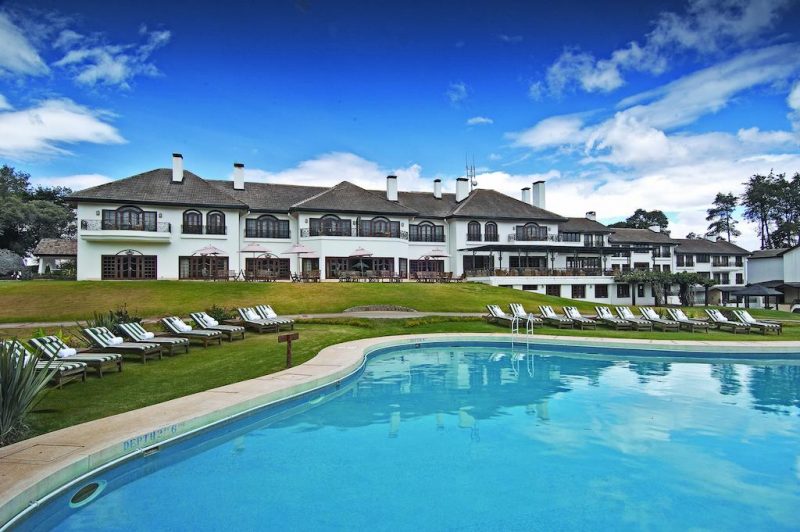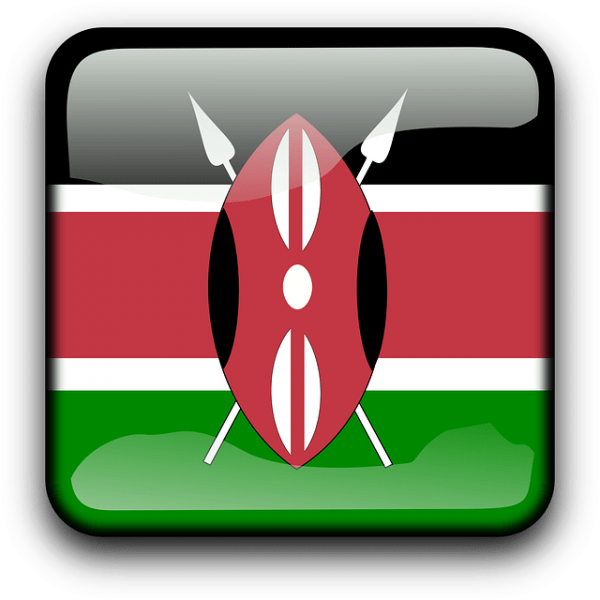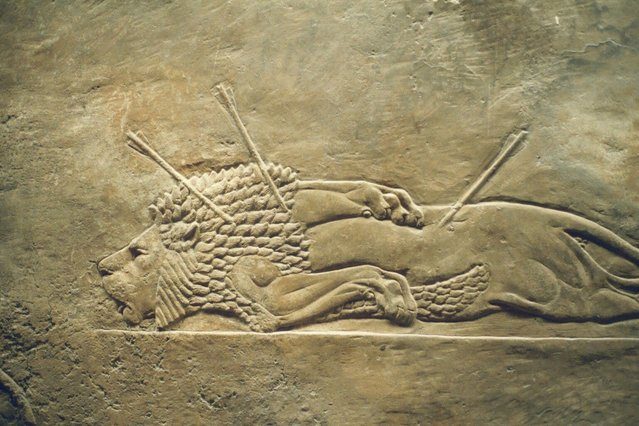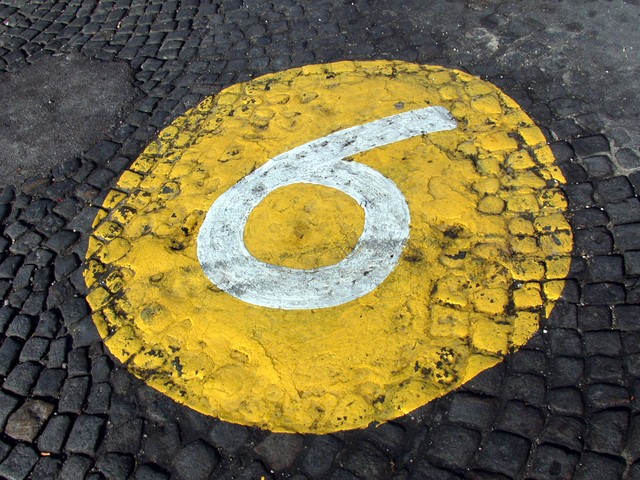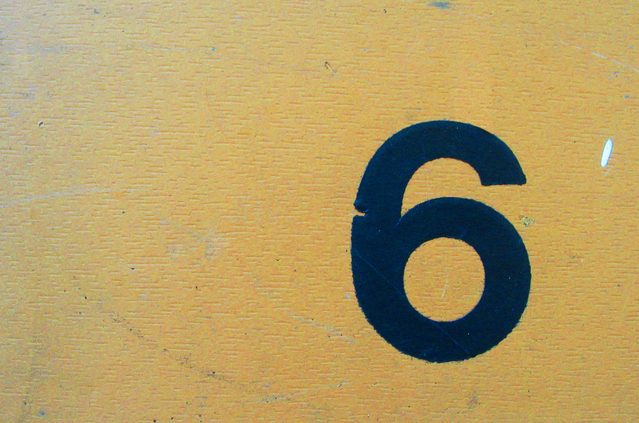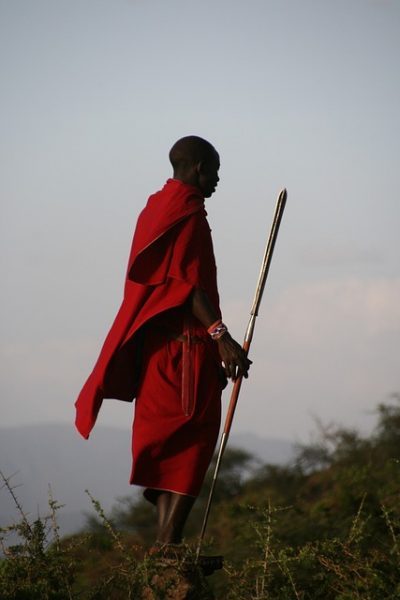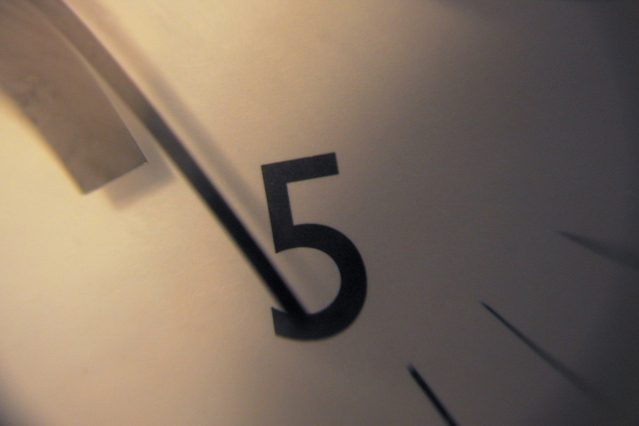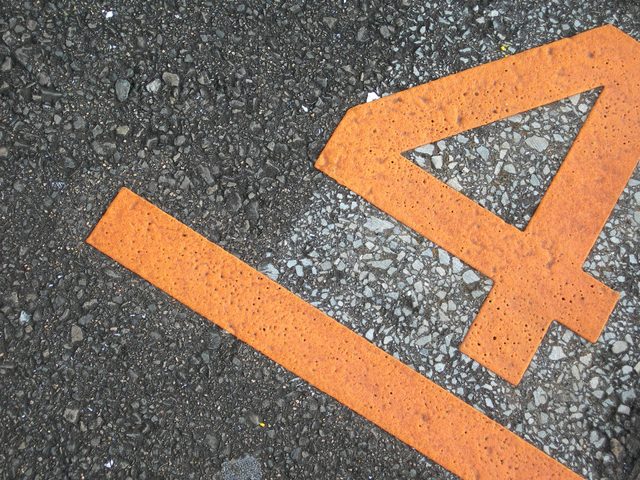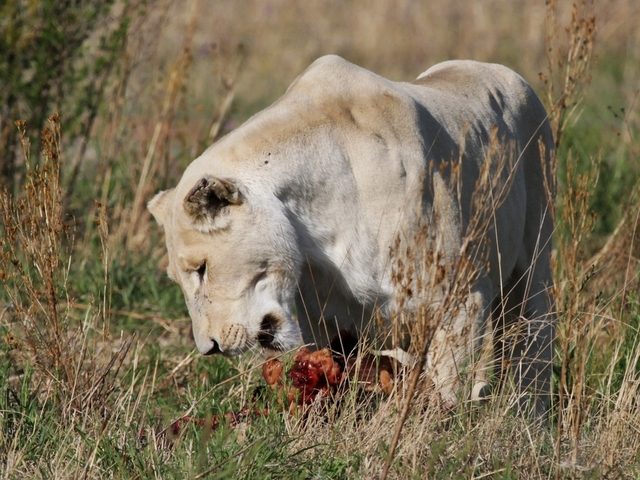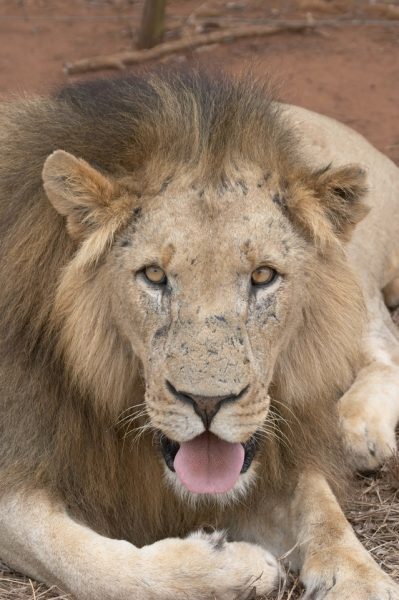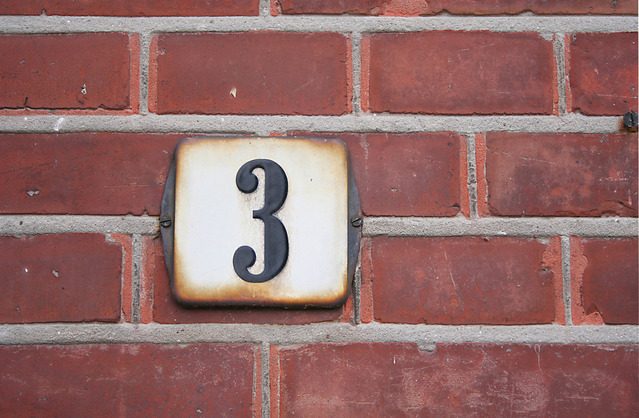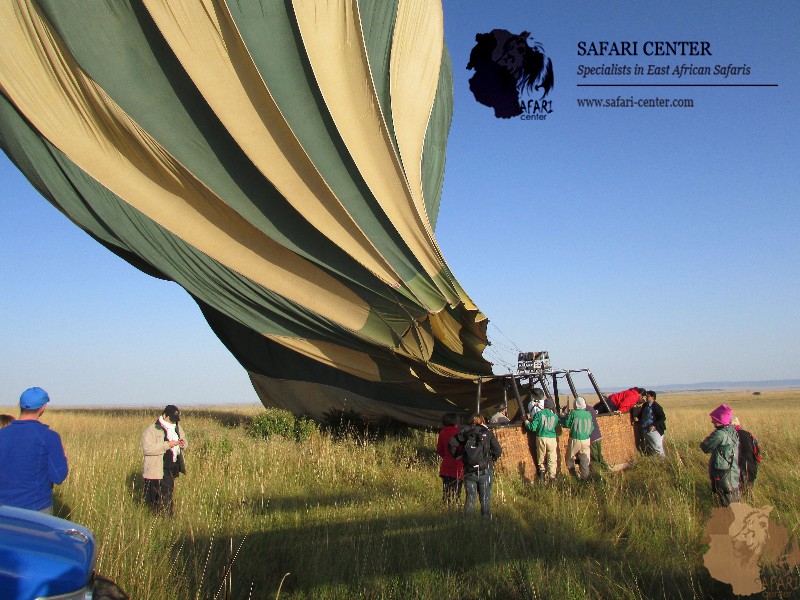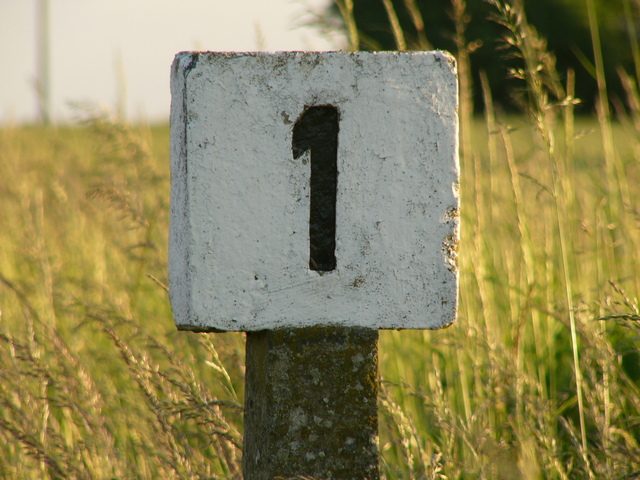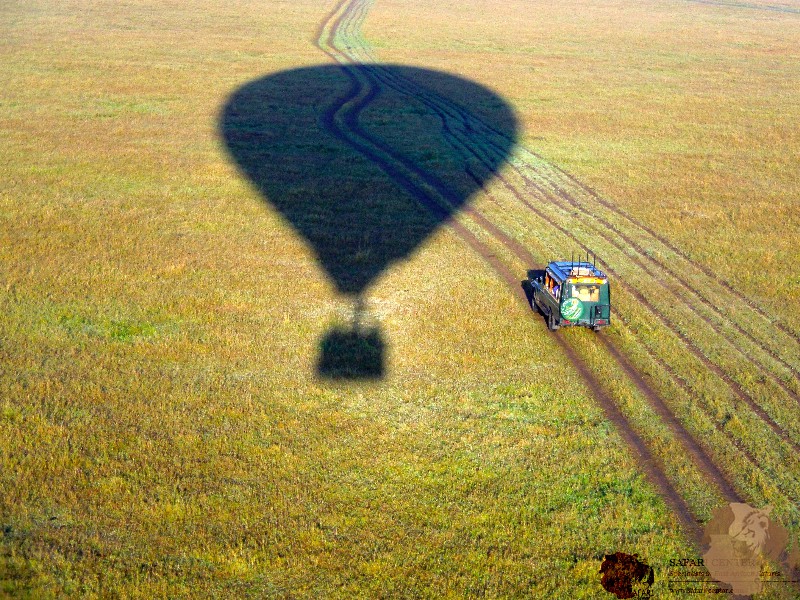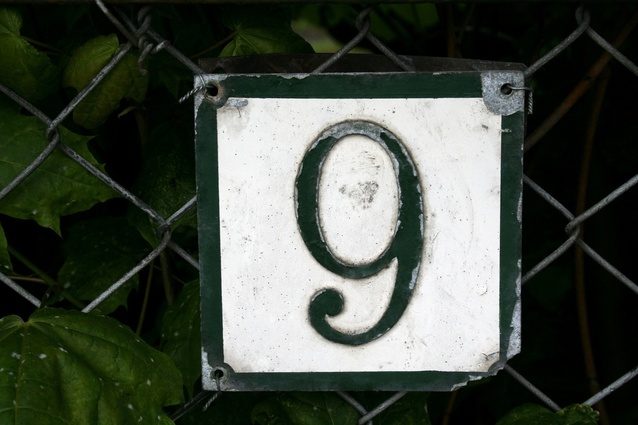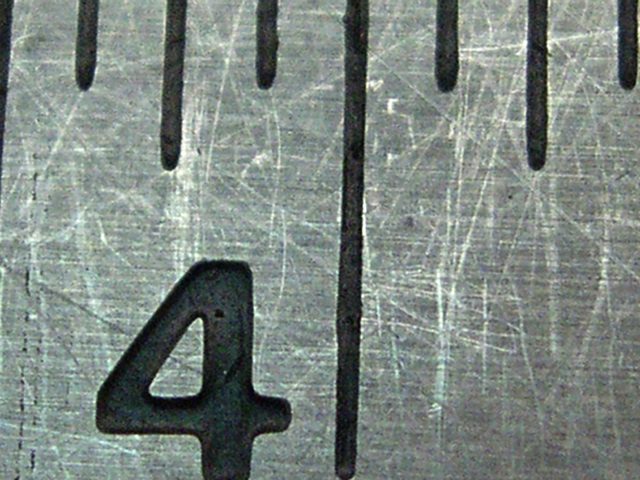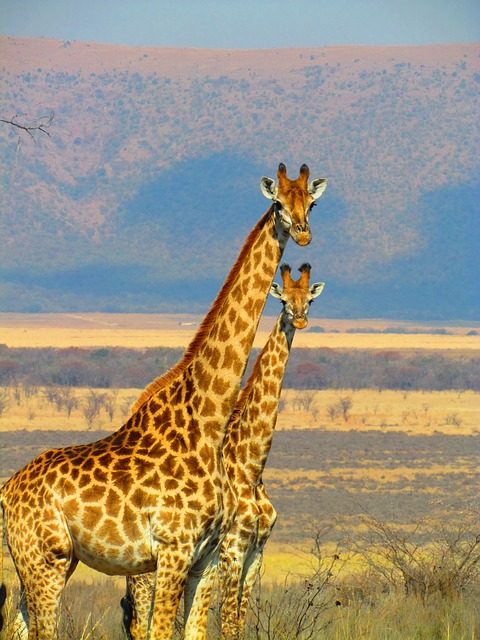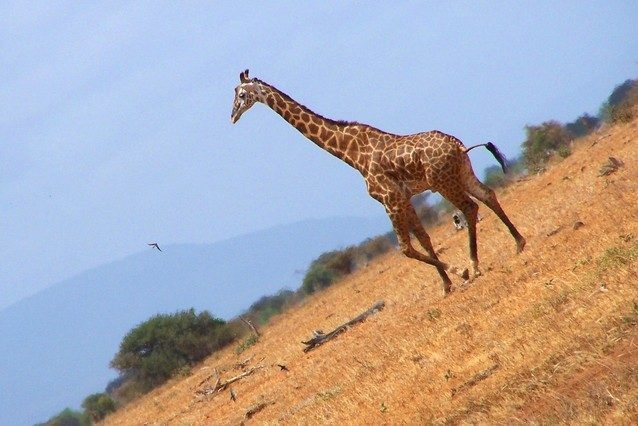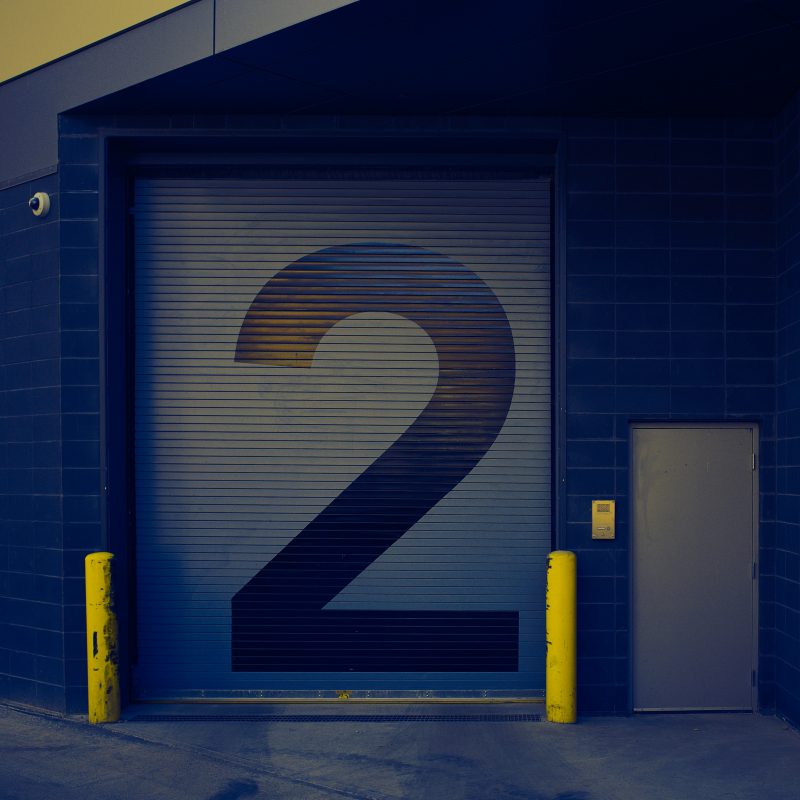-
Today, Mount Kenya Safari Club is a posh hotel and location of the Mount Kenya Wildlife Conservancy. The twelve William Holden Cottage Suites, named after the founder, are identical and reflects the charm and history of the original residence. They possess spacious lounges and are elegant with beautiful stone fireplaces, expansive private lawns overlooking the mountain and five-piece ensuite bathrooms. The stunning suites have two adjoining bedrooms for two couples or a family, offering privacy and luxurious accommodation. It is home to the largest herd of mountain bongo in the world. The natural range of these animals was the Aberdares.
-
Travel Down The Memory Lane Visiting The Museums Of Kenya
-
Traditionally, Maasai are pastoralists who inhabit the plains and savannahs of southern Kenya. However, in modern times, this is slowly changing due to land loss, formal education, religious conversion, and livelihood diversification. Maasai holds a special spot in people’s imagination, being intimate to wild Africa. People come to Kenya not only to enjoy safaris but also to see the Maasai. Maasai hunting and killing of lions is often considered as a symbol of tribal Africa. Yet, with the lion populations threatened, Maasai hunting is garnering outrage, shock, and misunderstanding raising concerns in conservation literature as well as in the media.
-
Maasai rituals which are an essential part of their culture are symbolized using beads, shields, dressings, markings and designs. Some ceremonies are intended for both women and men. Others are solely for either males or females. Female ceremonial rituals are focused on their marriage. Each Maasai ritual is a step toward God. Maasai ceremonies serve to mark their age-set classes of social system and political culture in the strictest form. But they do not distinguish age or time in the modern way. They approximate time to 14-year sections. The 6 Maasai ceremonies are Enkipaata, Emuratare, Olomaylo, Emanyatta, Eunoto and Orngesherr.
-
Maasai is the most known Kenyan tribe, having grown into an icon of Kenya tourism and global fashion. Louis Vuitton has a line that includes Maasai hats, scarves, beach towels and duffle bags. There are currently 80 companies using Maasai image. It shows how well-recognized the brand has become. For outsiders, it may seem nothing more than a fashion brand that enlivens their ceremonies. But for Maasais, they capture their entire world. Entering into Maasailand is taking a fascinating journey to a land full of symbols. The 6 iconic Maasai dressing accessories are beads, collar, shuka, decorations, mask and shield.
-
Travel To Kenya To Know More About Maasais
-
The mane which encircles the neck is the unique trait of a male lion. Its length is affected by where it resides. Lions living in warmer places have shorter hairs than those in cooler regions. It can also change as it gets colder and hotter throughout the year. Nobody knows why a male lion has a mane and not a female. So far, there are five theories. These are to protect the neck during fights, to keep cool and clean in hot climates, to blend in and camouflage, to sexually attract the female lions and to intimidate other male lions.
-
The dwindling figures of lion populations in Kenya has put conservationists and field researchers to work to find out the causes of the decline rate. These organizations have already put the right measures in place as well as created effective strategies to protect and coexist with lions. Thankfully, these conservation initiatives to facilitate a peaceful co-existence between the local communities and lions are bringing in the desired results. They work in tandem with KWS to draft the strategic and sustainable wildlife policies. 4 such lion conservation organizations in Kenya are Born Free, Ewaso Lions Project, Warrior Watch and Lion Guardians.
-
LED flashlight method is used to control nocturnal attacks of livestock by lions around Nairobi national park. In 2012, per this technique, 19 flashlights were installed on the south of Nairobi national park. When this technique became hugely successful in deterring lions, livestock owners in the neighborhood installed flashlights for their homesteads too. With 30 additional homesteads installed with flashlights, the technique became regular feature in many households in and around the park. Although similar measures have been taken previously to deter birds and carnivores, either from crops or livestock, the usage of LED flashlights is the 1st in Africa.
-
Travel to Kenya To Get To Know The Lions
-
Hot air balloon is one of the most marvelous inventions of humankind. However, it is the simplest aircraft ever made. It consists of just 3 components. A basket, a burner and an envelope make up a hot-air balloon. People have been using these same three components to operate hot-air balloon ever since its invention by the Montgolfier brothers in the 18th century. Although the sophistication level and standard is higher now, it is still composed of just those three things. The only difference between now and then is that advanced technology has enabled it to fly higher, faster and safer.
-
Adventure tourism is a fast-growing category in the holiday sector due to unforgettable memories. It supports local communities, encourages sustainable practices, and attracts high-value customers. Thus, the growth of this sector benefits destination economies, their tourism, the environment, and their people. It is alleged that ballooning is magical and once in a lifetime experience. Balloon flights grab the attention of any adventure-loving tourist. They are now available from the beach towns in Australia to the wildlife reserves in Africa. A perfectly managed and well-designed ballooning experience can lead not only to positive word of mouth but also to high satisfaction.
-
An hot air balloon safari in the savannas of Kenya is a wonderful experience, which lingers even after the balloon ride. A typical hot-air balloon ride lasts for about an hour. Weather conditions are best just after sunrise and two hours before sunset because light winds often occur during these timings making for easier ascent and descent. Passengers feel absolutely no wind because the balloon moves with it. The best and the fun part of the ride happens once the balloon is grounded. A luxurious champagne breakfast is served at the landing site in the wild as the ride ends.
-
Travel to Kenya to enjoy a hot-air balloon safari
-
There are nine species of giraffes. They are Reticulated or Somali giraffe, Kordofan giraffe, Nubian giraffe, South African or Cape giraffe, Angolan or Smokey giraffe, West African or Nigerian Giraffe, Rhodesian or Thornicroft giraffe, Rothschild or Ugandan giraffe and Maasai or Kilimanjaro giraffe. Each of them is differentiated by range as well as by the color and size of coat patterns. The taxonomy of the different species is not widely agreed. Some scientists regard West African and Kordofan giraffes as a single subspecies, the same way with Rothschild and Nubian giraffes, as well as with South African and Angolan giraffes.
-
The giraffe has a distinctive coat pattern that covers its entire body except the underbellies. The pattern stands out in some a bit more than the others. Its skin color is tan with dark brown patches on males and light brown patches on females. The patches can be sharp or fuzzy edged; brown or cream shaded; yellow to black in color; and large, medium or small in size. The shapes, colors and sizes of the patches as well as the whiteness surrounding them and the separation between spots vary by subspecies. The spotty coat of giraffes serves 4 major functions.
-
Instinctively, female giraffes return to the place where they were born to give birth. They give birth while standing, and the placenta sack bursts when the baby falls headfirst to the ground. The calves receive a rough welcome, falling over five feet to the earth. So, the first thing a calf experience is a sudden drop onto the hard, cold ground, but it never gets hurt. The calves can run within an hour after birth. Sometimes it is left alone by the mother for most of the day. During times like this, the calf remains quiet until the mother returns.
-
Travel to Kenya to get to know the giraffes
-
Wildlife had declined by about 2 thirds since the 1970s. The main causes of decline in wildlife numbers in Kenya include land pressures, population growth, sedentarization, drought, poaching, over-harvesting, habitat loss, climate change and ecosystem degradation. But the most serious is settlement and subdivision. Wildlife numbers in the country declined sharply following the subdivision of land. The migratory herds of zebra, wildebeest, eland, and other species had all vanished due to the impact of burgeoning permanent settlements as well as privatization in the open pastoral lands. Several smaller migratory species including impala, Thomson’s gazelle, oryx, and kongoni have declined too.
-
The 2 famous tourist lakes of Kenya are lake Naivasha and lake Nakuru. Lake Naivasha is a freshwater lake situated in the southwest of Naivasha town at an altitude of 1,884m and is at the highest elevation of African rift valley. The lake is approximately 100km from Nairobi at the foot of Mount Longonot, which is a perfectly shaped volcano. Lake Nakuru is in East African part of the great rift valley, which is 156km northwest of Nairobi in the district of Nakuru. There are some rocky outcrops as well as the largest African euphorbia forest on the eastern side.

